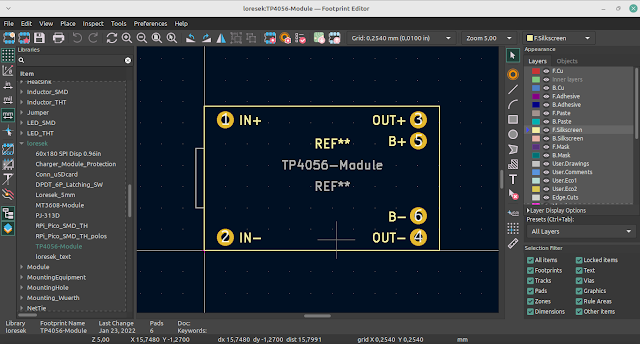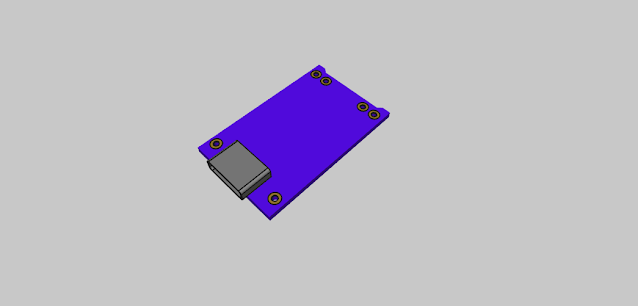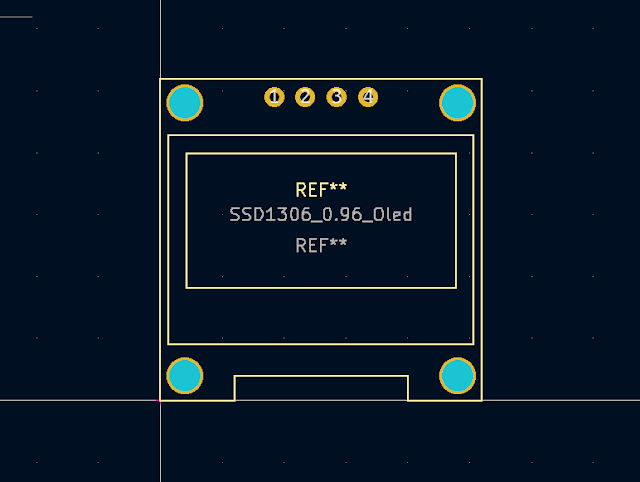KiCad Make – Simplifying PCB Design Automation
In the world of electronic design, efficiency and accuracy are paramount. One of the tools gaining popularity among engineers and hobbyists alike is KiCad, an open-source software suite for Electronic Design Automation (EDA). Enhancing the functionality of KiCad is a host of plugins, and one that stands out is KiCad Make by Antmicro.
What is KiCad Make?
KiCad Make is a powerful plugin designed to streamline and automate the PCB (Printed Circuit Board) design process. This plugin integrates seamlessly with KiCad, offering a suite of tools that simplify and enhance the design workflow.
Key Features
1. Automated Build Process
KiCad Make automates the build process of your PCB designs. This means you can spend less time on repetitive tasks and more time on actual design work. The plugin supports continuous integration (CI), allowing for automated testing and validation of your designs.
2. Version Control Integration
Keeping track of different versions of your design can be a headache. KiCad Make integrates with version control systems like Git, enabling easy tracking and management of design changes. This feature ensures that you always have a clear history of your design evolution and can easily revert to previous versions if needed.
3. Customizable Workflows
Every project is unique, and KiCad Make recognizes this by offering customizable workflows. You can tailor the automation scripts to fit your specific project requirements, ensuring maximum efficiency and productivity.
4. Cross-Platform Support
Whether you're working on Windows, macOS, or Linux, KiCad Make has you covered. The plugin is designed to work seamlessly across different operating systems, providing a consistent experience regardless of your platform.
5. Comprehensive Documentation
One of the standout features of KiCad Make is its comprehensive documentation. Antmicro has provided detailed guides and examples, making it easy for users to get started and make the most of the plugin’s capabilities.
Why Should You Use KiCad Make?
Boost Productivity
By automating routine tasks, KiCad Make allows you to focus on the creative aspects of PCB design. This can lead to faster project completion times and improved design quality.
Enhance Collaboration
With its version control integration, KiCad Make makes it easier to collaborate with team members. You can track changes, merge different design versions, and ensure everyone is working on the latest iteration of the project.
Improve Design Accuracy
Automation reduces the likelihood of human error. By relying on automated processes for repetitive tasks, you can ensure greater consistency and accuracy in your designs.
Future-Proof Your Projects
The ability to customize workflows and integrate with CI systems means that your design processes can evolve with your projects. KiCad Make provides a flexible foundation that can adapt to your changing needs.
Getting Started with KiCad Make
Installation
- Download KiCad Make: Visit the official GitHub page to download the latest version of the plugin.
- Follow the Installation Guide: The provided documentation offers a step-by-step guide to installing KiCad Make on your system.
Using the Plugin
- Set Up Your Environment: Configure your version control and CI systems to integrate with KiCad Make.
- Customize Your Workflow: Modify the automation scripts to match your project’s requirements.
- Run Automated Builds: Start using KiCad Make to automate your build process and take advantage of its powerful features.
Conclusion
KiCad Make is a game-changer for anyone using KiCad for PCB design. Its automation capabilities, version control integration, and customizable workflows make it an invaluable tool for both individual designers and teams. By simplifying and enhancing the design process, KiCad Make allows you to focus on what really matters – creating innovative and high-quality PCB designs.
Ready to boost your PCB design process? Download KiCad Make today and experience the future of PCB design automation!











